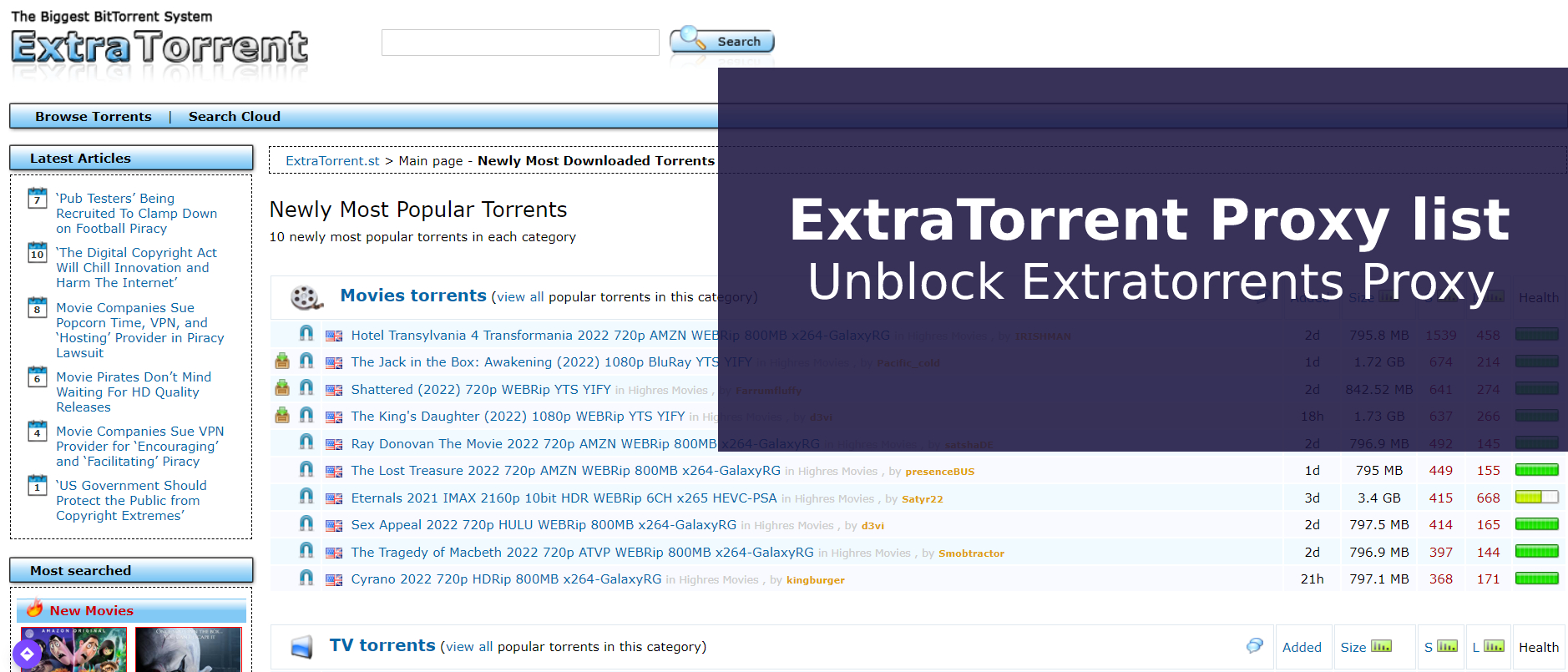With a marketing reporting tool, marketers are able to view data and reports on campaign success or failure to traditional metrics like brand awareness and market share. Along with this, these tools allow for easy cross-analysis between campaigns. Once the process of gathering marketing strategy data has been streamlined, the next step is to determine what the best strategy would be.
What is Marketing Reporting?
Marketing reporting is a process that companies use to track and analyze the performance of their marketing campaigns. This information can be used to make decisions about how to spend marketing dollars, tweak marketing strategies, and assess the success of past marketing efforts.
Marketing reporting can be divided into two main categories: behavioral tracking and activity tracking. Behavioral tracking tracks how people are engaging with a brand’s marketing content and ads, while activity tracking tracks the specific actions that people take as a result of viewing or interacting with that content or ad.
For behavioral tracking, companies use a variety of methods, including online panel surveys, chatbots, and usage data from social media platforms. For activity tracking, companies often use cookies, web beacons, or other digital signals to track what people are doing on their websites or mobile apps. These signals can tell companies how many people have visited a particular page or opened an ad campaign, for example.
Overall, marketing reporting is a valuable way for companies to track the performance of their campaigns and make informed decisions about how to invest in them.
Why is Marketing Reporting Necessary?
Marketing reporting is necessary to track the progress and effectiveness of your marketing campaigns. It can help you assess how well your campaigns are working and where you may need to make adjustments.
- There Are Several Types of Reporting You Can Perform
There are a variety of different types of marketing reporting that you can conduct. Each type has its own purpose and benefits.
- You Can Use Marketing Reporting To Evaluate Your Campaigns’ Results
Using marketing reporting, you can evaluate the results of your campaigns in terms of performance indicators such as goals achieved or conversions achieved. This information can help you to make better decisions about your future campaigns.
The Five Components of a (Successful) Marketing Report
- There are five essential components to any successful marketing report: Audience Needs, Competitive Landscape, Positioning, Tactics and Results.
- A good marketing report should begin with a comprehensive understanding of your audience’s needs. The goal is to identify what they want and need, and then provide it in a fun and engaging way.
- After understanding your audience’s needs, you must understand the competitive landscape. This includes looking at how your competitors are positioning themselves and what tactics they’re using to attract customers.
- Next comes positioning, which is the art of putting your company in the best light possible. You must identify and highlight the unique selling points of your business.
- Finally, you need to focus on generating results through effective marketing tactics. This includes setting realistic goals, planning execution and measuring results regularly.
Conclusion
Marketing reporting is an essential part of any effective marketing strategy. Knowing how to measure your progress and track your performance is the first step on the road to success. In this article, we will cover the basics of marketing reporting so that you can start building a successful reporting system for your business. Hopefully, this will help you make informed decisions about where best to allocate your resources and track your successes over time.
















